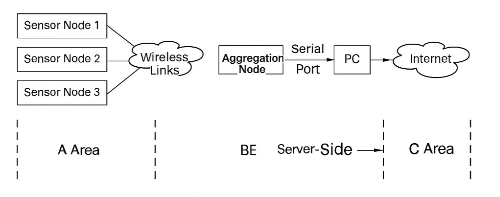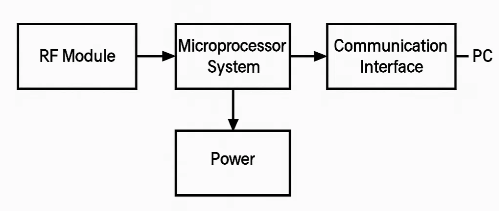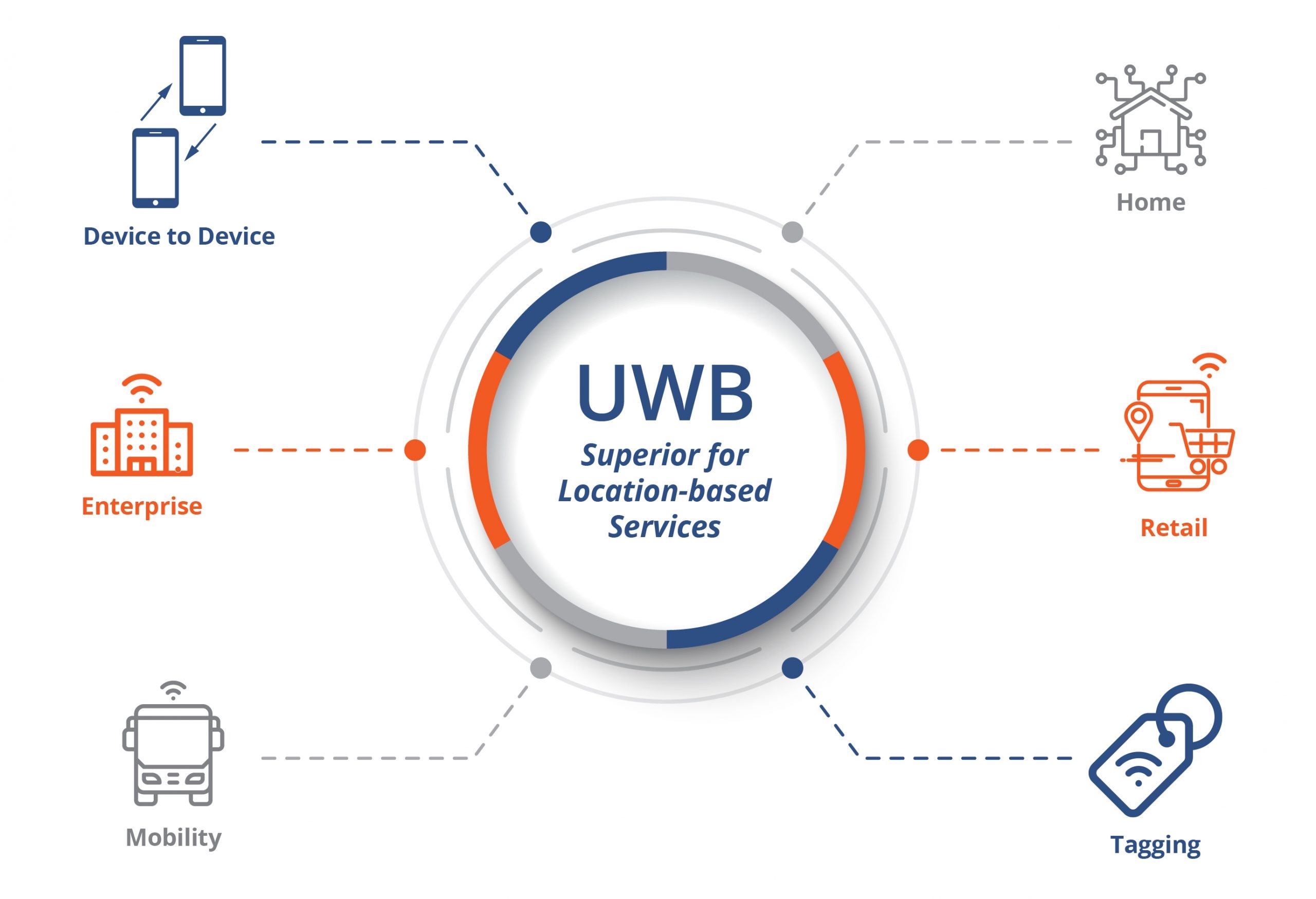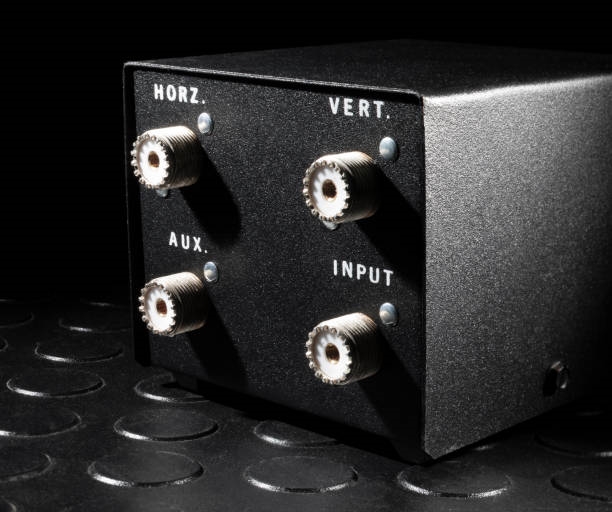Overview
With advances in sensor technology, embedded systems, distributed information processing, and wireless communication, wireless sensor networks (WSNs) composed of large numbers of microprocessor-capable sensor nodes have become a major research area. Compared with traditional wireless ad hoc networks, WSNs exhibit strong self-organization, dynamic behavior, reliability, and a data-centric design, which make them suitable for deployment in areas that are hard to access, such as battlefields or deserts.
Wireless sensor networks (WSNs) are distributed sensing systems formed by many stationary or mobile sensor nodes that self-organize and use multi-hop wireless communication to cooperatively sense, collect, process, and transmit information about a monitored geographic area and deliver that information to the network owner. The three basic elements of a WSN are sensors, the monitored objects, and observers.
Sensors in WSNs can detect a wide range of environmental phenomena, including seismic activity, electromagnetic fields, temperature, humidity, noise, light intensity, pressure, soil composition, and the size, speed, and direction of moving objects. Potential application domains include military, aerospace, hazardous-area monitoring, disaster response, environmental monitoring, medical and healthcare, home automation, industrial, and commercial uses.
Compared with wired networks, WSN technology places strong emphasis on low energy consumption, low cost, generality, adaptable network topology, security, real-time performance, and data-centric operation.
Typical System Architecture
A typical homogeneous WSN architecture for remote monitoring consists of four hardware components: sensor nodes, aggregator (sink) nodes, a server-side PC, and client-side PCs. Their primary functions are described below.

Sensor Nodes
Sensor nodes are deployed in the monitoring area (area A) and form a wireless network via self-organization. Data collected by a sensor node is forwarded hop-by-hop through other nodes and ultimately reaches an aggregator node (area B) after multiple hops.
Aggregator (Sink) Node
The aggregator acts as a network coordinator responsible for forming the wireless network. It forwards the data received wirelessly from sensor nodes to the server-side PC via SCI (serial communication interface).
Server-side PC
The server-side PC, located in area B, serves as the management node and as an Internet gateway. On the LabVIEW platform it runs two software components: a monitoring and management virtual instrument (VI) for the sensor network, and a Web Server module with remote panel capability to enable network access via the Internet.
Client-side PC
Client PCs do not require special software installation; a web browser can access the server PC's virtual instrument front panel to perform remote monitoring and management of the sensor network in area A from a remote area C.
Sensor Node Components
- Sensor and signal conditioning circuits
- Data acquisition and A/D converter with microprocessor system
- RF module
- Power supply
Aggregator Node Components
The aggregator node shown in the figure is a network coordinator. Under the control of the server PC monitoring software, it configures and forms the WSN and forwards received sensor data to the PC. A typical coordinator comprises a microprocessor system, RF module, communication interface, and power supply. The hardware block diagram is shown below.

Communication Protocols for WSNs
The IEEE 802.15 working group has produced several wireless personal area network (WPAN) standards:
- IEEE 802.15.1 — Bluetooth
- IEEE 802.15.3 — UWB (ultra-wideband)
- IEEE 802.15.4 — low-rate WPAN standard
Low-rate WPAN (IEEE 802.15.4) targets low-power, low-throughput wireless applications and aims to provide simple, low-cost network connections with flexible installation, reliable data transmission, very low device cost, and low energy consumption. Because it matches WSN requirements for low energy, low cost, flexible topology, security, real-time performance, and data-centric operation, many WSN physical and MAC layer implementations adopt IEEE 802.15.4.
Network-layer stacks based on IEEE 802.15.4 include the ZigBee protocol stack and lightweight embedded IPv6 stacks designed for sensor nodes. ZigBee has been widely studied and adopted due to its low cost and vendor intercompatibility.
Interconnecting WSNs with the Internet
Homogeneous networks use one or more sensor nodes as independent gateway nodes to connect the WSN to the Internet, placing the IP protocol interface at a gateway node external to the WSN. This approach aligns with typical WSN data flow, is easy to manage, and avoids major modifications to the WSN itself. A drawback is accelerated energy consumption of nodes near the gateway and potential data redundancy.
Heterogeneous networks assign IP addresses to a subset of higher-energy nodes to serve as the IP interface. These high-capability nodes can perform complex tasks and carry heavier loads. Challenges include defining what constitutes a "high-capability" node and enabling communication between IP nodes via ordinary nodes.
Characteristics and Advantages of WSNs
WSNs are more than simply wireless-connected sensors; they possess distinctive characteristics and advantages:
- Large network scale (many nodes)
- Self-organizing network
- Dynamic topology
- High reliability
- Data-centric operation
Using micro sensor nodes with self-organization and collaborative operation, and multi-hop wireless communication, WSNs offer advantages over traditional sensor networks:
- Higher sampling precision: enables dense spatial sampling and close-range monitoring not possible with single sensors.
- Strong flexibility: once deployed, the network requires minimal manual intervention.
- High reliability: avoids single-point failures.
- Cost-effectiveness: reduces wired infrastructure costs; sensor costs decrease with wireless technology advances.
Application Areas
WSNs are particularly suited to the following domains:
- Military applications
- Emergency and temporary deployments
- Environmental monitoring
- Healthcare and medical monitoring
- Smart home
- Factory and industrial monitoring
Open Issues and Research Topics
Key foundational technologies that support WSN design and operation include:
- Network protocols
- Time synchronization
- Localization techniques
- Data fusion
- Energy management
- Security management
WSNs are an active research area in information technology and are increasingly applied for sensing, processing, and transmitting signals in challenging environments. As communication, embedded, and sensor technologies progress, sensors are evolving toward greater intelligence, miniaturization, and wireless network integration.
 ALLPCB
ALLPCB







